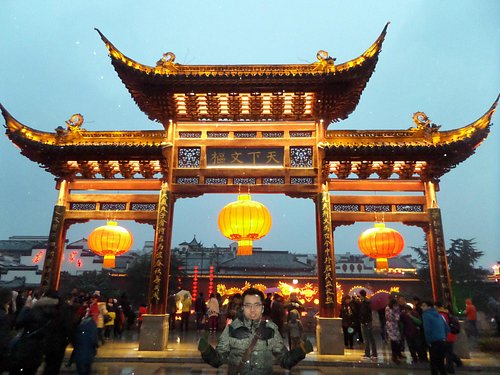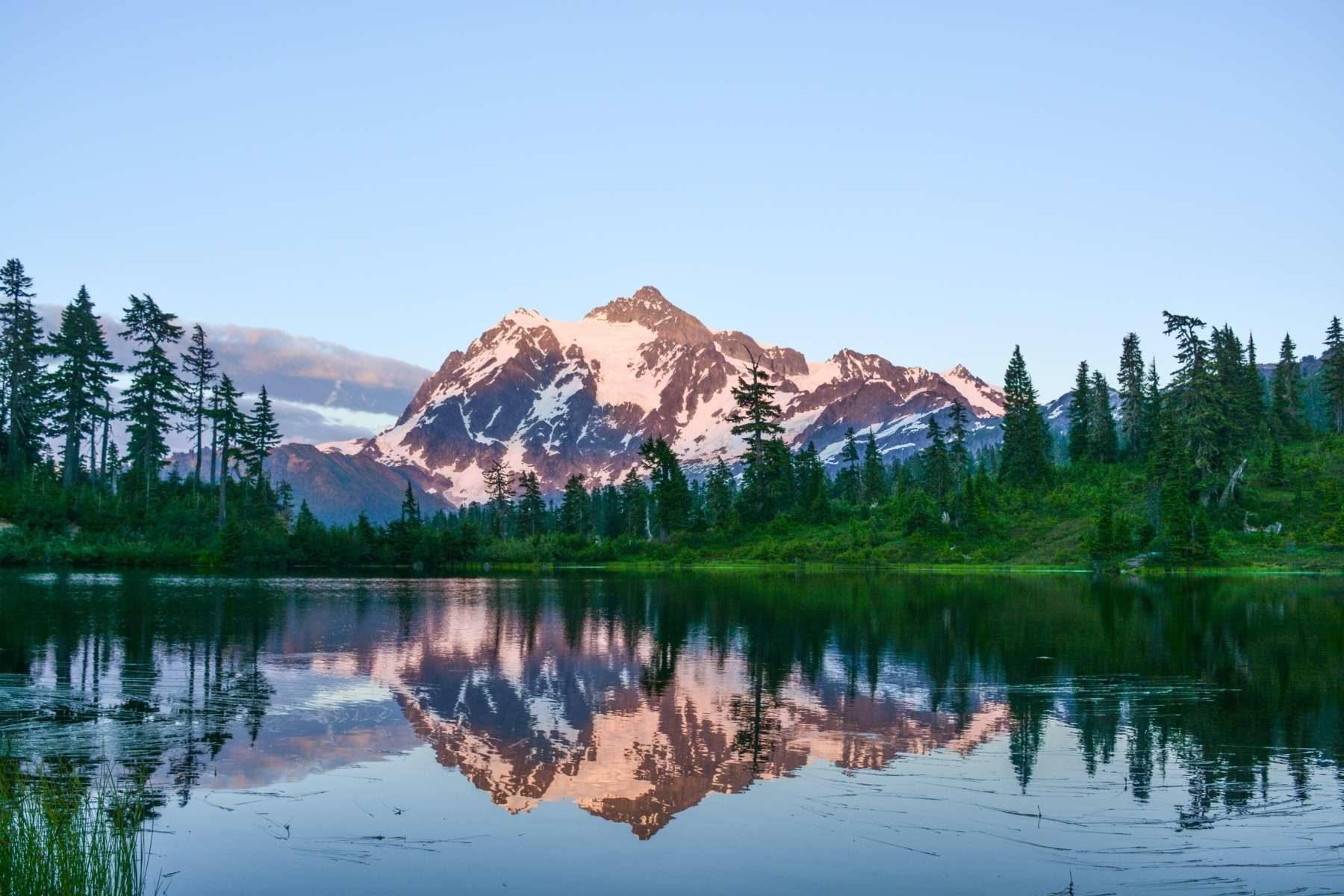
Nanjing is an exquisite metropolis where ancient empires coexist harmoniously with contemporary Chinese culture. Discover Nanjing through its many museums to gain insight into its incredible history.
Explore the magnificent tomb of Ming Dynasty founder emperor Xiaoling Tomb and take a stroll along its UNESCO World Heritage site Sacred Way. Get into Nanjing with Cathay Pacific flights.
Xuanwu Lake
Xuanwu Lake, one of Nanjing’s premier scenic spots dating back to the Pre-Qin period, is one of Nanjing’s most beloved lakes. Home to five distinct islands each offering something special; Huan Isle features Nuona Tower for tranquility while Ying Isle features lotus garden for visitors to admire flowers; Ling Isle is well known for its chrysanthemums as well as Hushen Temple (Temple of Lake God); Cui Isle offers dark green pines alongside dark green pines emerald-green cypresses alongside various varieties of trees while Liang Isle hosts annual grand traditional trade exhibition of chrysanthemums!
Lake is home to various other attractions as well, such as leisurely strolls around ponds or visiting the bonsai museum. Weekends in particular prove particularly popular, drawing local joggers, dancers, tai chi enthusiasts and others to this park – to avoid this crowd try visiting during weekdays or evenings when it is lit up beautifully!
There’s also a zoo located within the park, while in summer months visitors can make use of its artificial beach to take a refreshing dip in its refreshing waters. Furthermore, this park provides the ideal venue for a picnic, with several pavilions and restaurants providing stops along the way for visitors to rest and recharge their batteries.
This vast park not only features beautiful ponds, gardens, and temples but is home to important historic landmarks worth seeing. One such landmark was a site of a dramatic palace coup that occurred during the Tang Dynasty when Prince Li Shimin led his followers in killing Crown Prince Li Jiancheng and Prince Li Yuanji; another important historic event occurred here during Ming Dynasty when an incident marked the start of China’s nationalist revolution called Xuanwu Gate Incident occurred – these two landmarks mustn’t be missed!
Dr. Sun Yat-sen was one of China’s founding figures and leader of its Revolution, making his tomb one of its must-see sites in this area. This UNESCO World Heritage Site stands out against Xuanwu Lake and ancient city walls as an impressive monument that stands out.
Nanjing Memorial Hall
Nanjing Memorial Hall is a museum dedicated to remembering those killed during the 1937 uprising against Japanese occupation, featuring statues, relief carvings, photos and more of those massacre victims who perished during that uprising. It houses relics from massacre victims such as statues, relief carvings and photos – making this haunting museum a must for anyone interested in Chinese history. Furthermore, the Hall is home to Dr Sun Yat-sen’s Mausoleum; paying respects to this great figure should also be part of any visit to Nanjing.
The Purple Mountain in Nanjing is renowned for being a historical and cultural site, housing the final resting places of many emperors and heroes from over ten dynasties, making it a UNESCO World Heritage Site. Distinguished visitors can pay their respects at Dr Sun Yat-sen’s mausoleum before admiring its breathtaking view from above.
Summer weather in Nanjing (June, July and August) can be warm and muggy; to experience its best qualities visit between March, April May September October. Temperatures will be cooler with less rainfall during this period.
An enjoyable activity is taking a cruise down the Qinhuai River or hiking on its walls, while Xuanwu Lake provides an idyllic place for families with young children or friends looking for peace. Spring and summer bring many colorful blooms into bloom which add even more charm.
In the southwestern corner of the city is a somber memorial commemorating Japanese troops’ brutal massacre of civilians during the 1937 uprising. It features a museum and cemetery with displays featuring the remains of massacre victims; while its tomb-shaped museum displays pictures, relics, and other artifacts that depict what happened. This powerful reminder serves to reinforce lessons learned from this atrocity as well as never forget those who lost their lives fighting on behalf of freedom.
Nanjing offers visitors plenty of attractions and experiences. From exploring its city walls and gates to attending live performances of Chinese opera or visiting one of its Confucius temples, there is something here for everyone!
Nanjing Underwater World
Nanjing Underwater World, situated on the south side of Purple Mountain within walking distance from Sun Yat-sen Mausoleum, is an aquatic park housing more than 10,000 aquatic animals from 200 species. Additionally, there is a Polar Region exhibit hall featuring polar bears, emperor penguins, Arctic Foxes and sea lions; visitors will also discover sharks, rays and fish within its corridors; an underwater tunnel offers guests an interactive way to get closer to these aquatic inhabitants; while Jellyfish Exhibit Hall now houses Asia’s largest collection of jellyfish species!
Paleontology Museum is another popular tourist attraction and ranks as one of the largest museums worldwide. Filled with giant dinosaur bones and fossils that will fascinate both children and adults alike, this museum opened in 1994 features one of two Mamenchisaurus skeletons measuring 21m long; additionally there are other fascinating displays, including a 21m-long dinosaur skull on display at this marvellous facility.
Visitors to Nanjing will also appreciate its Modern History Museum, the largest Chinese modern history museum. Situated at Zhongshan Road’s middle point and covering an area of 40,000 square meters, it comprises three parts. These are former government departments and office buildings which formerly housed various state-owned businesses; Sun Yat-sen’s former residence; and finally where the First National Congress of China met for the inaugural time in 1929.
Nanjing in spring is highly recommended, as its many parks become home to brightly-hued plum blossoms that attract visitors from far and wide. Not only can visitors admire these beautyful blooms but can also enjoy traditional folk art and culture through various festivals that take place throughout the year; some such events include Qing Xi Festival on January 16, Hill Hiking Ceremony on March 3 and Linggu Temple Sweet Osmanthus Flower Festival held each September.
Confucius Temple
Fuzimiao in Chinese, the Confucius Temple honors one of China’s greatest philosophers and educators from ancient China. Recognized as a national cultural site and one of its most significant temples nationwide, this complex features various buildings designed to look like traditional schools with libraries within each building.
Dacheng Hall was used for rituals when Emperors or high officials visited the temple, making it one of the finest examples of Qing Dynasty art and architecture. Additionally, another main draw in the complex is Confucius Cemetery that holds several notable scholars of ancient China.
Other attractions in Nanjing include the Nanjing Museum, one of China’s four finest museums that houses 371,032 first class treasures; Xuyuan Garden – an exquisite Southern Chinese gardening style garden; Zhongshan Park where revolutionist Sun Yat-sen led China’s democratic movement in 20th century; and of course its ancient City Wall which is one of its kind worldwide and must be seen for yourself!
Temple-reliant neighbourhoods provide a gathering point for local people looking for relaxation and enjoyment, including many restaurants and bars that allow tourists to sample local food and beverages.
Visits to the Confucius Temple are possible year-round, though spring (March to May) offers ideal conditions, with warm, dry air and sunny weather. Summer months (June through August) tend to be hot and rainy – taking a stroll along Xuanwu Lake or Purple Mountain is one great way to beat the heat!
Subway Line 1 will take you directly to Sanshan Street station near the Confucius Temple; bus or taxi services also operate regularly to the site. Xinjiekou shopping district nearby also provides access to national and international brands as well as plenty of tasty street markets near it!
